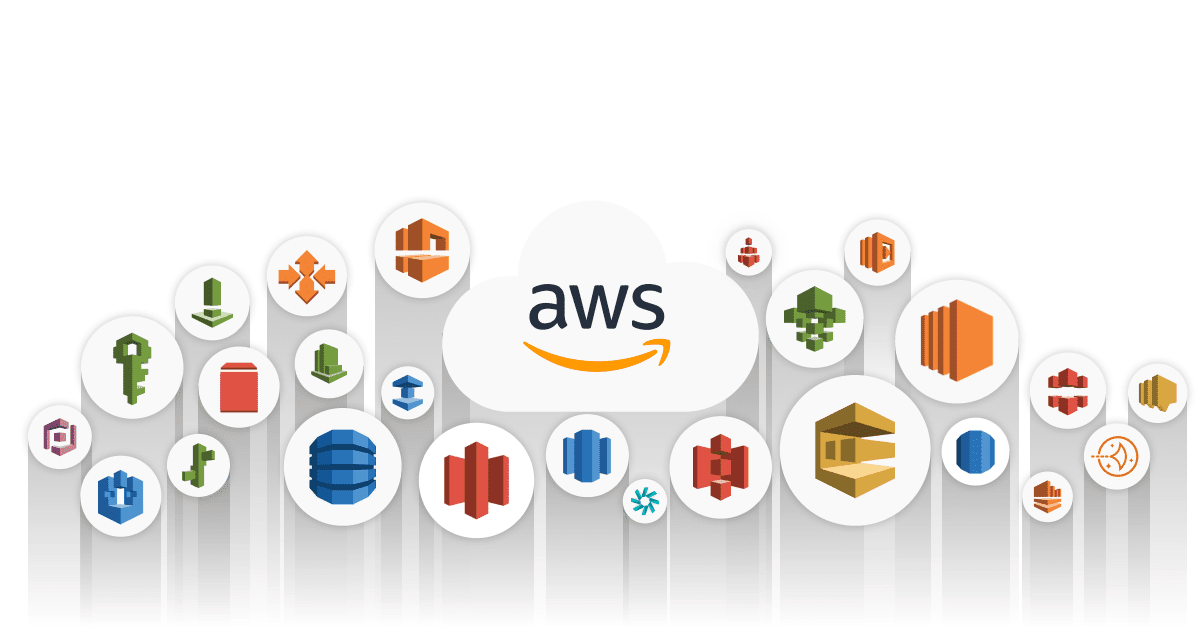Day 1 of AWS essentials
 Vivek Potdar
Vivek Potdar
What is AWS ?
Imagine a virtual toolbox overflowing with everything you need to build, deploy, and manage digital projects. That's essentially what AWS (Amazon Web Services) is! But instead of dusty wrenches and screwdrivers, AWS packs a punch with on-demand cloud computing services – from storage and databases to servers and artificial intelligence.
Think of it like this: instead of owning and maintaining your own physical hardware, you rent virtual resources from AWS and pay only for what you use. This translates to scalability, flexibility, and cost-effectiveness, making it a popular choice for businesses of all sizes and individuals alike.
Why Choose AWS ?
Scalability: Need more resources for a traffic spike? No problem! Scale up or down instantly with AWS.
Reliability: Trust a global infrastructure designed for 99.99999999% durability – that's practically bulletproof!
Flexibility: Mix and match services to create the perfect solution for your unique needs.
Cost-effectiveness: Pay only for what you use, avoiding upfront hardware investments.
So, whether you're a budding entrepreneur, a seasoned developer, or just curious about the cloud, AWS offers a universe of possibilities. Dive in, explore, and unleash your digital potential!
Cloud computing deployment models
Cloud computing provides developers and IT departments with the ability to focus on what matters most by avoiding work like procurement, maintenance, and capacity planning. As cloud computing has grown in popularity, several deployment strategies have emerged to help meet specific needs of different users. Each type of deployment method provides you with different levels of control, flexibility, and management. Understanding the differences between these deployment strategies can help you decide what set of services is right for your needs.
On premises
Cloud
Hybrid
On-premises
Before the cloud, companies and organizations hosted and maintained hardware such as compute, storage, and networking equipment in their own data centers. They often allocated entire infrastructure departments to take care of their data centers, which resulted in costly operations that made some workloads and experimentation impossible.
As internet use became more widespread, the demand for compute, storage, and networking equipment increased. For some companies and organizations, the cost of maintaining a large physical presence was unsustainable. To solve this problem, cloud computing emerged.
Cloud
Cloud computing is the on-demand delivery of IT resources over the internet with primarily pay-as-you-go pricing. With cloud computing, companies do not have to manage and maintain their own hardware and data centers. Instead, companies like Amazon Web Services (AWS) own and maintain data centers and provide virtual data center technologies and services to companies and users over the internet.
Hybrid
A third option is a hybrid deployment. This type of deployment is a way to connect infrastructure and applications between cloud-based resources and existing resources that are not located in the cloud. The most common method of hybrid deployment between the cloud and existing on-premises infrastructure connects cloud resources to internal systems to extend and grow an organization's infrastructure into the cloud.
Six Advantages Of Cloud Computing
Pay as you go - The cloud computing model is based on paying only for the resources that you use. This is in contrast to on-premises models of investing in data centers and hardware that might not be fully used.
Stop Guessing Capacity - Stop guessing on your infrastructure capacity needs. When you make a capacity decision before deploying an application, you often end up either sitting on expensive idle resources or dealing with limited capacity. With cloud computing, these problems go away. You can access as much or as little capacity as you need, and scale up and down as required with only a few minutes notice.
Go global in Minutes - Applications can be deployed in multiple Regions around the world with a few clicks. This means that you can provide lower latency and a better experience for your customers at a minimal cost.
Realize cost saving - Companies can focus on projects that differentiate their business and remove the "undifferentiated heavy lifting", instead of maintaining data centers. With cloud computing, you can focus on your customers, rather than racking, stacking, and powering physical infrastructure.
Increase Speed - IT resources are only a click away, which means that you reduce the time to make resources available to developers from weeks to minutes. This results in a dramatic increase in agility for the organization, because the cost and time it takes to experiment and develop is significantly lower.
Benefits from economics - By using cloud computing, you can achieve a lower cost than you can get on your own. Because usage from hundreds of thousands of customers is aggregated in the cloud .
Subscribe to my newsletter
Read articles from Vivek Potdar directly inside your inbox. Subscribe to the newsletter, and don't miss out.
Written by

Vivek Potdar
Vivek Potdar
Aspiring cloud engineer and data enthusiast with a passion for AWS. Currently finishing my computer engineering degree and eager to apply my knowledge to real-world projects. Always learning and excited to connect with the tech community!